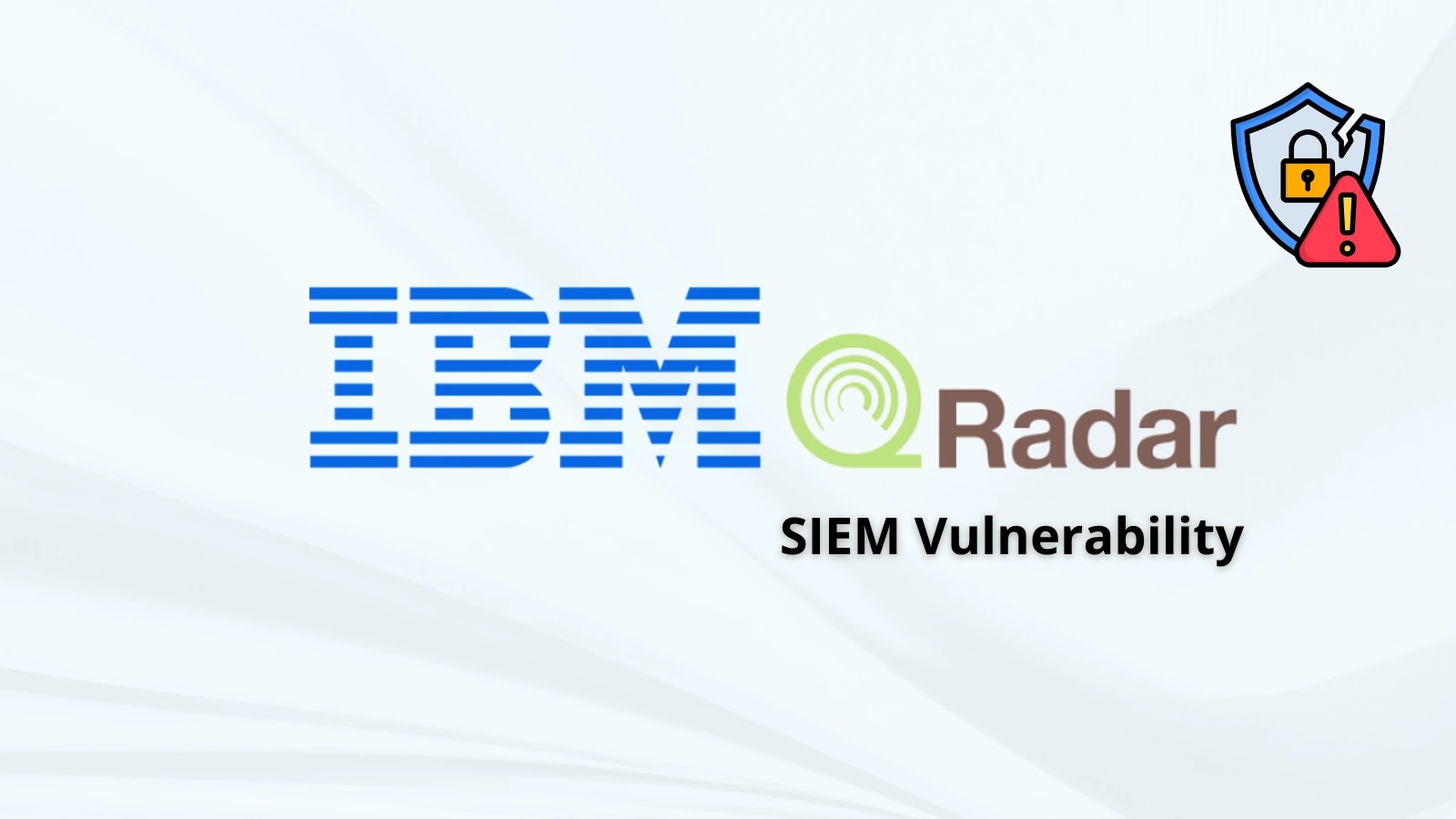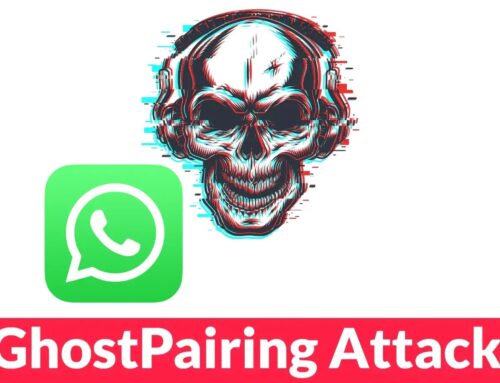
IBM QRadar SIEM Vulnerability Let Attackers Perform Unauthorized Actions
Unpacking CVE-2025-0164: A Critical IBM QRadar SIEM Vulnerability
The integrity of Security Information and Event Management (SIEM) platforms is paramount in maintaining robust cybersecurity defenses. When a critical vulnerability surfaces within such a system, it demands immediate attention from security professionals. Recently, a significant permission misconfiguration in the IBM QRadar SIEM platform, identified as CVE-2025-0164, has been brought to light. This flaw could allow local privileged users to manipulate critical configuration files, potentially leading to unauthorized actions and compromise of SIEM operations.
Understanding the IBM QRadar SIEM Vulnerability
The vulnerability, CVE-2025-0164, specifically impacts IBM QRadar SIEM versions 7.5 up to 7.5.0 UP13 IF01. It stems from an improper assignment of permissions, which, while seemingly straightforward, carries significant risk in a high-privilege environment. Although it requires local privileged access (PR:H), the ability to unauthorizedly alter configuration files in a SIEM can have cascading effects on an organization’s security posture.
The CVSS 3.1 base score for this vulnerability is 2.3, rated as AV:L/AC:L/PR:H/UI:N/S:U/C:L/I:N/A:N. This vector indicates a local attack vector (AV:L) with low attack complexity (AC:L), requiring high privileges (PR:H), with no user interaction (UI:N). The scope is unchanged (S:U), and it primarily impacts confidentiality (C:L) without affecting integrity or availability in this specific scoring. However, the indirect impact on integrity and availability of security monitoring capabilities is a significant concern that the CVSS score, due to its focus on direct impact, might not fully capture.
Impact of Configuration File Manipulation
A SIEM’s effectiveness relies on the accuracy and trustworthiness of its configurations. Allowing high-privileged local users to modify these files without proper authorization could lead to:
- Data Exfiltration: Malicious users could alter logging configurations to filter out their activities, enabling them to operate undetected.
- Reduced Detection Capabilities: Critical security rules or alerts could be disabled or modified, significantly weakening the SIEM’s ability to detect threats.
- System Misconfiguration: Tampering with configuration files might lead to instability, system crashes, or incorrect data processing, impacting the reliability of security intelligence.
- Compliance Violations: Inaccurate or manipulated logs could lead to severe compliance breaches, incurring regulatory penalties.
Remediation Actions for IBM QRadar SIEM Users
Addressing CVE-2025-0164 requires a multi-faceted approach, focusing on patching, access control, and proactive monitoring.
- Apply Vendor Patches: IBM has undoubtedly released patches or will soon release them for this vulnerability. It is imperative to apply all relevant security fixes and updates for your QRadar SIEM deployment as soon as they become available. Regularly check the official IBM support portal for advisories and patches.
- Strict Access Control: Re-evaluate and tighten local access controls for your QRadar SIEM instances. Ensure that only absolutely necessary personnel have privileged local access to the system. Implement the principle of least privilege rigorously.
- Implement Multi-Factor Authentication (MFA): For all privileged accounts, including local ones, enforce MFA to add an extra layer of security and reduce the risk of unauthorized access, even if credentials are compromised.
- Regular Auditing and Monitoring: Continuously monitor system logs for any unauthorized changes to configuration files or unusual activities originating from privileged local accounts. Utilize your SIEM (ironically, QRadar itself, once patched) to detect these anomalies.
- Security Awareness Training: Educate IT and security teams about the risks associated with privileged access and the importance of secure practices.
Tools for Detection and Mitigation
While the primary remediation is patching, several tools can aid in detecting unauthorized changes, monitoring access, and enforcing security policies around SIEM configurations.
| Tool Name | Purpose | Link |
|---|---|---|
| IBM QRadar SIEM | Log management, event correlation, and anomaly detection (post-patch) | https://www.ibm.com/security/security-intelligence/qradar |
| File Integrity Monitoring (FIM) Solutions | Detects unauthorized modifications to critical system and configuration files | (Varies by vendor, e.g., OSSEC, Tripwire, CrowdStrike Falcon) |
| Privileged Access Management (PAM) Systems | Manages, monitors, and audits privileged accounts and access | (Varies by vendor, e.g., CyberArk, BeyondTrust, Delinea) |
| Endpoint Detection and Response (EDR) Solutions | Monitors endpoint activities, detects suspicious behavior, and facilitates incident response | (Varies by vendor, e.g., SentinelOne, Microsoft Defender for Endpoint) |
Key Takeaways





